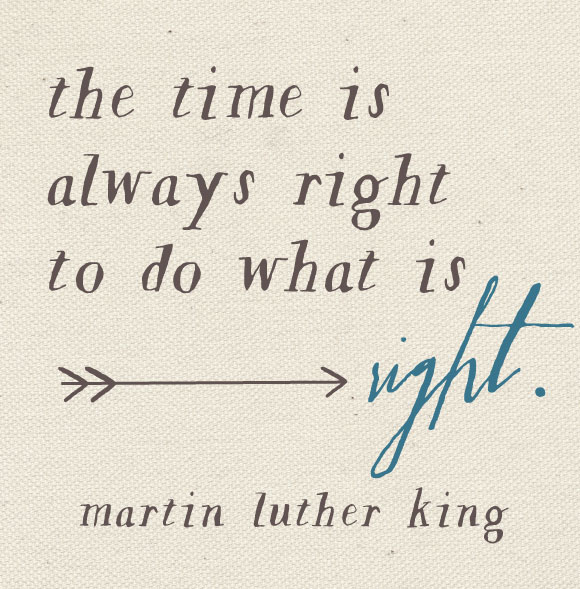I will graduate from college in exactly 24 hours from this moment. To say that I feel overwhelmed and stressed is an understatement; however, I cannot deny that I feel an overwhelming sense of accomplishment and excitement as well! I am proud of myself. I will have a college degree and – as my dad likes to remind me often – a degree is something no one can ever take away from me. While it took me much longer to graduate than I anticipated, every obstacle I faced pushed me in the right direction.
I struggled for a long time trying to figure out my focus. At first, I loved the idea of sports marketing. Unfortunately, I realized that my high school marketing class did not depict an accurate representation of what my marketing classes in college would entail. After I barely survived BA 101- I quickly realized I needed to switch my focus.
In high school I also participated in our Child Services class. Every day, the students in the class worked in an adjacent preschool. We were assigned “buddies” throughout the term and worked with them one-on-one on their class assignments. I loved it! My buddy’s name was Payton. She had big, blue eyes and a smile that lit up the room. It was rewarding to know that I had a part in adding to her foundation of knowledge. After some consideration, I decided to switch my focus to education. By the third term of my sophomore year, I narrowed my education focus and began communication disorder and sciences classes with an intent to become a speech pathologist. Unfortunately, anatomy was not my strongest subject, and I was left feeling discouraged and hopeless once again.
Halfway through my junior year, I stumbled into J201: Media and Society. How I ended up there is still a mystery- I really don’t remember. On the first day of class, I felt a sense of relief- really for the first time in my entire college experience. I had a teacher who was full of life and expertise who made class enjoyable, unlike the other classes I had taken up to that point in time. The content of what we learned intrigued me more than anything. Photography, design, public speaking, event planning- every single subject gave me something to be excited about!
Writing was always one of my strongest skills, which is vital to this major, and journalism seemed a better fit for me in general. Once I finally hurdled through my pre-req classes, I reached my ultimate goal: the public relations sequence.
I love everything about my major including the tools we use regularly, the ability to think and produce creatively, and the preparation provided by the School of Journalism and Communications as we enter the real world. Although it took me a while to finish my pre-requisites, it was worth the hard work and determination it took to get here.
As I leave the University of Oregon, I take with me a set of skills and life experience that I don’t believe I could have received anywhere else. I am proud to be a Duck and grateful for what I have gained in the duration of my college experience here.









